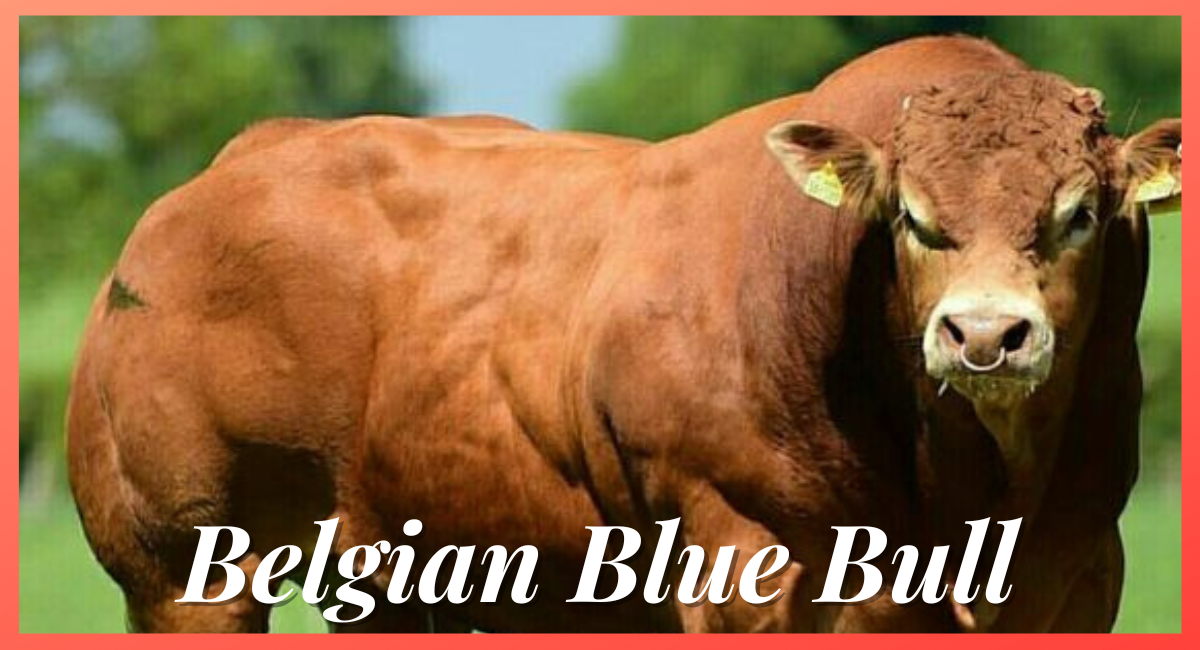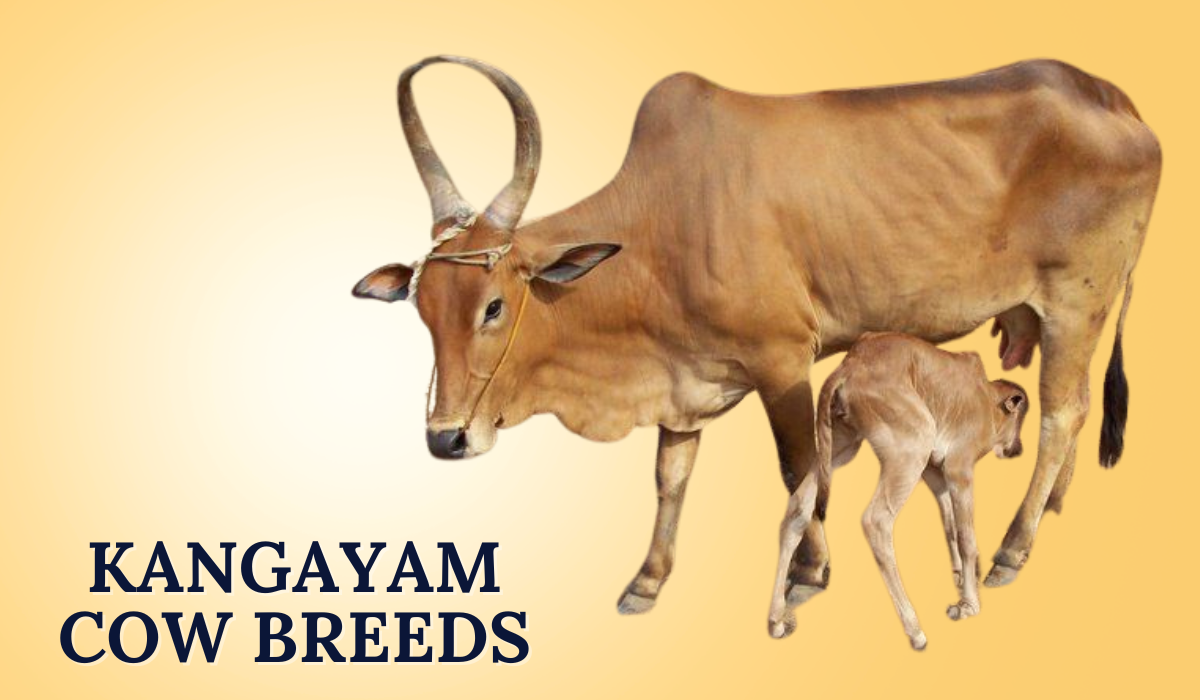The Belgian Blue Bull is a remarkable breed celebrated for its exceptional muscle development and striking blue-gray coat. Originating in Belgium, this breed has gained significant recognition worldwide, particularly within the beef industry, due to its efficiency in meat production. Belgian Blue bulls are known for their impressive size and muscular physique, which not only makes them visually distinctive but also contributes to their high-quality beef. Their unique characteristics, such as rapid growth rates and superior feed conversion efficiency, make them an ideal choice for farmers looking to maximize their meat production while minimising costs.
Farmers benefit greatly from raising the Belgian Blue Bull, as they are known for producing lean, high-quality meat that is highly sought after in markets. This breed’s adaptability to various climates and environments allows it to thrive in diverse conditions, making it a versatile option for cattle ranchers. Effective management practices, including proper nutrition, housing, and health care, are essential for ensuring the well-being of Belgian Blue bulls. By focusing on these aspects, farmers can take full advantage of the breed’s inherent qualities, ultimately leading to a more productive and profitable cattle operation.
Characteristics of the Belgian Blue Bull
The Belgian Blue Bull is a unique breed known for its impressive physique and remarkable muscle development. Originating from Belgium, this breed features a striking blue-gray coat and a large frame. The bulls typically weigh between 1,600 and 2,200 pounds. This exceptional muscular build makes them one of the most sought-after beef breeds in the market. Their conformation features a broad back, deep chest, and well-defined muscles. These traits contribute to their efficiency in meat production. Additionally, the Belgian Blue Bull is known for its gentle temperament. This makes them easier to handle compared to more aggressive breeds. This combination of physical traits and manageable demeanour makes the Belgian Blue Bull a favourite among farmers and ranchers.
Another notable characteristic of the Belgian Blue Bull is its exceptional growth rate and feed efficiency. These bulls are known for their ability to convert feed into muscle quickly, resulting in higher yields of lean meat. This efficiency not only reduces overall feed costs but also enables farmers to bring their animals to market weight faster than many other breeds. The breed is particularly valued for producing high-quality beef that is tender and flavourful, appealing to both consumers and chefs. Overall, the Belgian Blue Bull stands out in the livestock industry due to its unique blend of superior physical attributes, efficient growth, and high-quality meat production, making it a valuable asset for beef producers worldwide.
Temperament and Handling
The Belgian Blue Bull is known for its calm and docile temperament, making it relatively easy to handle compared to some other beef breeds. This breed benefits from proper breeding practices and early socialization, which contribute to its friendly nature. When raised with consistent and gentle handling, Belgian Blue bulls can develop a trusting relationship with their handlers. This trust not only facilitates routine management practices but also enhances the overall safety and efficiency of farm operations. Their manageable demeanor allows farmers to work with them confidently, whether for breeding or everyday care.
In contrast, the Chianina Bull, one of the oldest and largest cattle breeds in the world, also exhibits a generally calm temperament but can be more assertive due to its size and strength. Handling Chianina bulls requires a keen understanding of their behavior and proper techniques to ensure safety for both the animal and the handler. Early socialization is equally important for Chianina bulls, as it helps them acclimate to human interaction and reduces stress during management. By employing gentle handling techniques and building trust, farmers can effectively manage both the Belgian Blue Bull and the Chianina Bull, leading to successful and productive cattle farming operations.
Benefits of Raising Belgian Blue Bulls
The Belgian Blue bull is known for its calm and docile temperament. This makes it easier to handle compared to some other beef breeds. The breed’s friendly nature results from careful breeding and early socialization. Farmers can manage them more efficiently as a result. When handled gently from a young age, Belgian Blue bulls form a trusting relationship with their handlers. This helps reduce stress during routine care.
In contrast, the Hereford bull is also known for its good temperament. However, its behavior can vary depending on the environment and upbringing. Hereford bulls are generally easygoing. Still, they need consistent handling and training to maintain their calm demeanor. Both Belgian Blue and Hereford bulls benefit from early socialization and gentle handling techniques. By using calm approaches and building trust, farmers can enhance the handling experience for both breeds.
- High Meat Yield: One of the most significant advantages of raising Belgian Blue bulls is their impressive meat yield. These bulls have a higher proportion of muscle to fat, resulting in lean cuts of beef that are highly sought after in the market.
- Efficient Growth Rates: Belgian Blue bulls exhibit exceptional growth rates, reaching market weight faster than many other breeds. This efficiency translates to reduced time and costs for farmers, enabling quicker returns on investment.
- Adaptability: Belgian Blue bulls are adaptable to various environmental conditions, which allows farmers to raise them in diverse climates. This adaptability ensures that farmers can successfully manage their herds regardless of the location.
Management Practices for Belgian Blue Bulls
Proper management practices are essential for ensuring the health and productivity of Belgian Blue bulls, a breed renowned for its impressive size and superior meat quality. It is crucial to provide access to mineral supplements to meet their nutritional needs. In addition to diet, their living environment plays a significant role in their well-being. Strong fencing is also necessary to contain these powerful animals, which are among the largest animals on earth, preventing them from wandering or engaging in aggressive behaviors.
To ensure the health and productivity of Belgian Blue bulls, proper management practices are essential. Here are key aspects to consider:
Handling and Training
Gentle handling is essential for developing a trusting relationship with Belgian Blue bulls. Key tips for effective handling and training include:
- Early Socialization: Handling calves from a young age helps them acclimate to human interaction, reducing stress during management practices. This early socialization lays the foundation for calmer behavior in adult bulls.
- Calm Approach: Use calm and consistent handling techniques to avoid startling the animals. A steady approach fosters a positive relationship between the handler and the bulls, promoting safety and ease during routine tasks.
- Training for Specific Tasks: Training Belgian Blue bulls for specific tasks, such as loading onto trailers or moving between pastures, enhances farm efficiency and ensures smoother operations. Providing clear commands and positive reinforcement during training can lead to successful outcomes and greater compliance from the animals.
- By implementing these management practices, farmers can ensure the health and productivity of Belgian Blue bulls. These practices allow farmers to take full advantage of the bulls’ unique characteristics and contributions to the beef industry. Proper care, nutrition, and handling lead to better growth rates and improved meat quality. A more harmonious relationship between the bulls and their caretakers is also achievable. Given that Belgian Blue bulls are some of the biggest bulls in the world, it is essential to prioritize their specific needs. This will help maximize their potential in beef production.
Conclusion
The Belgian Blue bull is an exceptional breed that offers numerous advantages to farmers and ranchers. It helps optimize beef production. These bulls are known for their impressive size, high-quality meat, and efficient growth rates. They are a valuable addition to any cattle operation. By providing proper care and management, farmers can ensure the health and productivity of their Belgian Blue bulls. This will maximize their contributions to the beef industry. With the increasing demand for high-quality meat products, these bulls play an important role. Whether you’re a seasoned rancher or new to cattle farming, raising Belgian Blue bulls can be a rewarding endeavor.



